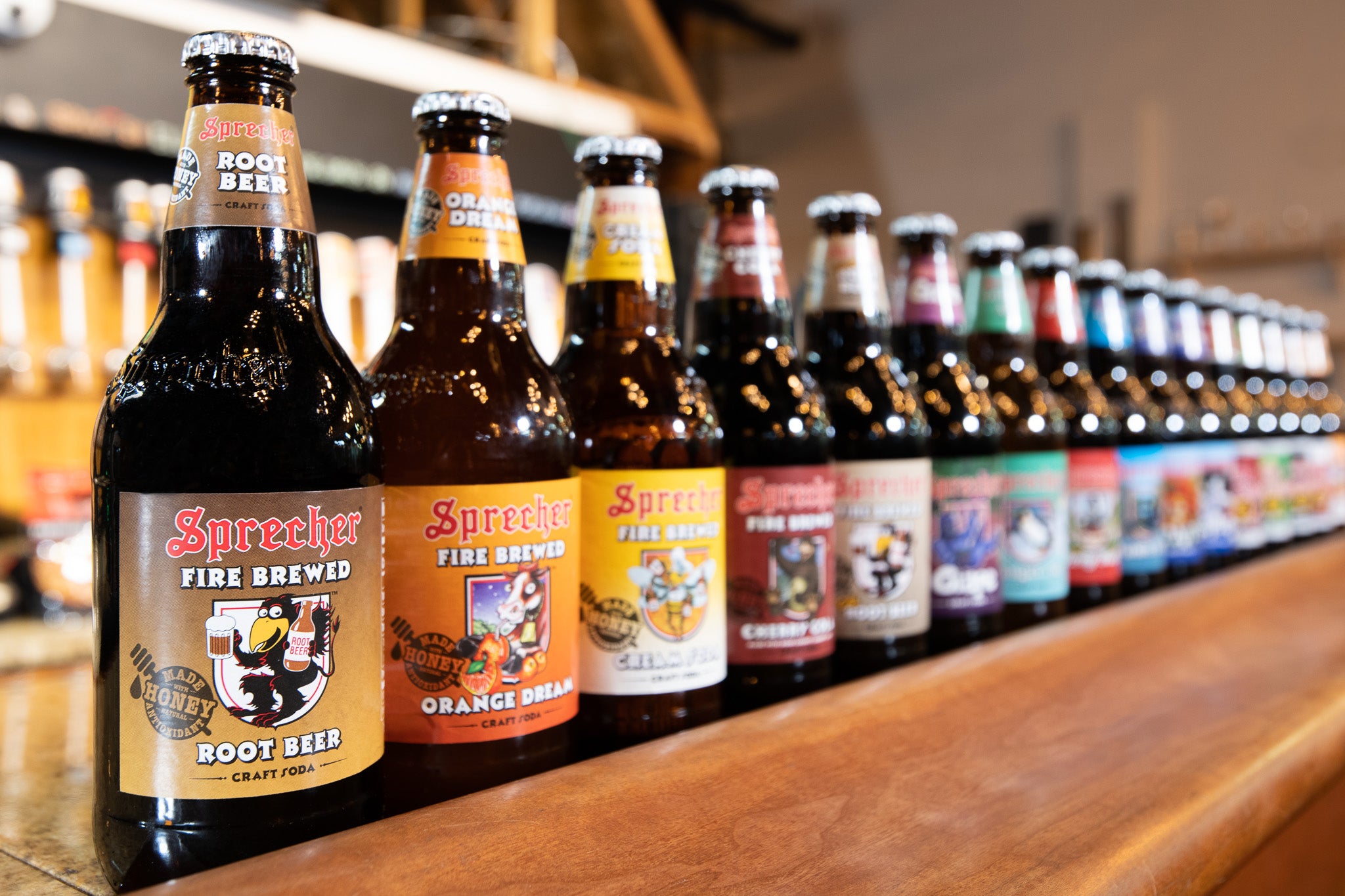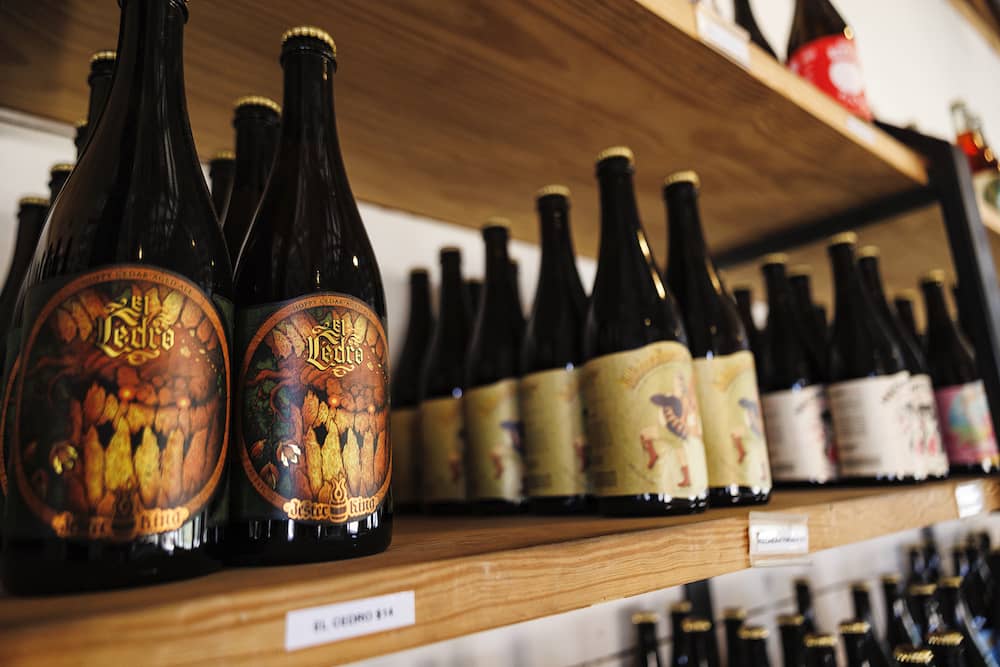Galveston Liquor Shops: Discover Your Favorite Moods and A Lot More
Galveston Liquor Shops: Discover Your Favorite Moods and A Lot More
Blog Article
Distillery Dynamics Unveiled: a Trip Via the Science and Art of Spirits Production
As the drapes are attracted back on the intricate world of distillery dynamics, a fascinating realm emerges where science and art converge to create the spirits we savor. The marriage of tradition and advancement in spirits manufacturing introduces a tapestry woven with strings of craftsmanship and technological innovations.
The Chemistry of Distillation
The chemistry of purification, a basic procedure in the production of spirits, entails the separation of components based on their various boiling points. This distilled fluid, understood as the "heart cut," includes the wanted alcohol material and taste substances.
During purification, three major fractions are gotten: the "heads," which consist of volatile substances and higher alcohols that can be hazardous if consumed in big quantities; the "hearts," the valued portion with the wanted ethanol and taste account; and the "tails," which contain larger compounds and fusel alcohols. Knowledgeable distillers have to meticulously monitor the temperature and flow rates to separate these fractions effectively, guaranteeing a top notch end product. The chemistry of distillation is a delicate interplay of warm, vaporization, and condensation that changes a basic fluid mix right into a complicated and improved spirit.
Artisanal Craftsmanship in Spirits Making
In the middle of the globe of spirits production, artisanal craftsmanship plays a crucial role in raising the top quality and character of distilled beverages (Distillery in Galveston). Artisanal craft distillers concentrate on small-scale, hands-on production techniques, usually using standard strategies that have actually been passed down through generations. These specialized artisans and females focus on top quality over quantity, paying meticulous interest to every action of the purification procedure
Artisanal craftsmanship in spirits making involves a deep understanding of the raw materials used, such as botanicals, grains, or fruits, and just how their characteristics influence the final product. From selecting the finest components to very carefully keeping an eye on fermentation, purification, and aging, artisans infuse their spirits with interest and proficiency.
Moreover, artisanal craft distillers typically welcome trial and error and technology, pressing the limits of standard spirits production. They may introduce one-of-a-kind taste profiles by incorporating in your area sourced components or using creative aging strategies. This dedication to creative thinking and quality results in spirits that are not only of extraordinary high quality but also display the virtuosity and uniqueness of the distiller.
Developments in Aging Techniques

One famous technology obtaining traction is making use of smaller barrels for maturing spirits. By raising the surface area area-to-volume ratio, smaller sized barrels pass on tastes a lot more rapidly, bring about a much more intense growth process. This strategy is especially popular amongst craft distillers seeking to create premium spirits in a shorter duration.
Moreover, distillers are increasingly transforming a fantastic read to alternate wood types, such as cherry or acacia, to present unique tastes to their aged spirits. These non-traditional timbers offer an one-of-a-kind flavor account, setting their items apart in an open market.
Additionally, improvements in technology have made it possible for distillers to explore sped up maturing approaches, such as ultrasound or temperature and pressure variations. These strategies permit exact control over the aging discover this info here procedure, resulting in ingenious taste accounts that press the borders of conventional spirits production.

The Role of Yeast in Fermentation
An important element of the fermentation procedure in distilling is the function played by yeast. Yeast, a single-celled bacterium, is critical in transforming sugars right into alcohol and carbon dioxide during fermentation. In the context of distilling spirits, yeast plays a pivotal function in the manufacturing of ethanol, which is the key alcohol in a lot of alcohols.
Yeast accomplishes this with the procedure of anaerobic respiration, where it metabolizes sugars such as glucose and fructose into ethanol and co2. Different strains of yeast can give one-of-a-kind flavors and scents to the last spirit, adding to the complexity and character of the distilled product. Distillers very carefully pick yeast strains based on their preferred taste account and fermentation features.
The fermentation process can last anywhere from a few days to a few weeks, depending upon aspects such as yeast strain, sugar, and temperature material. Tracking and managing the fermentation procedure are necessary to ensure optimal yeast activity and alcohol production. In general, yeast is a fundamental player in the alchemical change of raw components into the spirited elixirs enjoyed by customers worldwide.
Sustainable Practices in Distilleries
In the modern-day distilling sector, implementing sustainable practices has actually come to be a pushing concern for distilleries seeking to reduce their ecological influence and make sure long-lasting practicality. Distilleries are increasingly recognizing the relevance of taking on eco-friendly measures throughout the manufacturing process. One key facet of sustainability in distilleries is water preservation. Distilleries need significant quantities of water for different stages of manufacturing, and executing water recycling systems or utilizing rain harvesting methods can substantially decrease water use and reduce the distillery's overall ecological footprint.
Furthermore, lasting power sources are gaining grip in the distilling world. Lots of distilleries are purchasing renewable power modern technologies such as solar panels or biomass central heating boilers to reduce dependence on non-renewable power sources and reduced greenhouse gas emissions. Furthermore, waste management methods play an important duty in sustainable distillery procedures. Distilleries are discovering innovative methods to repurpose byproducts such as spent grains or purification residues, transforming have a peek at this site waste right into resources through techniques like pet feed production or composting. By accepting lasting techniques, distilleries can not only reduce their ecological influence but also attract eco aware customers and contribute to a much more lasting future for the sector.
Verdict
From the chemistry of distillation to the role of yeast in fermentation, distilleries are constantly introducing and exploring to develop top notch spirits. The combination of tradition and technology in spirits manufacturing highlights the complexity and creative thinking entailed in this ancient craft.
As the drapes are attracted back on the elaborate world of distillery characteristics, an interesting realm arises where scientific research and art merge to produce the spirits we enjoy.The chemistry of purification, an essential process in the manufacturing of spirits, entails the splitting up of parts based on their different boiling points.Additionally, artisanal craft distillers commonly welcome testing and development, pushing the limits of conventional spirits manufacturing. In the context of distilling spirits, yeast plays an essential role in the manufacturing of ethanol, which is the key alcohol in many alcoholic drinks.
From the chemistry of distillation to the role of yeast in fermentation, distilleries are constantly experimenting and introducing to develop top notch spirits.
Report this page